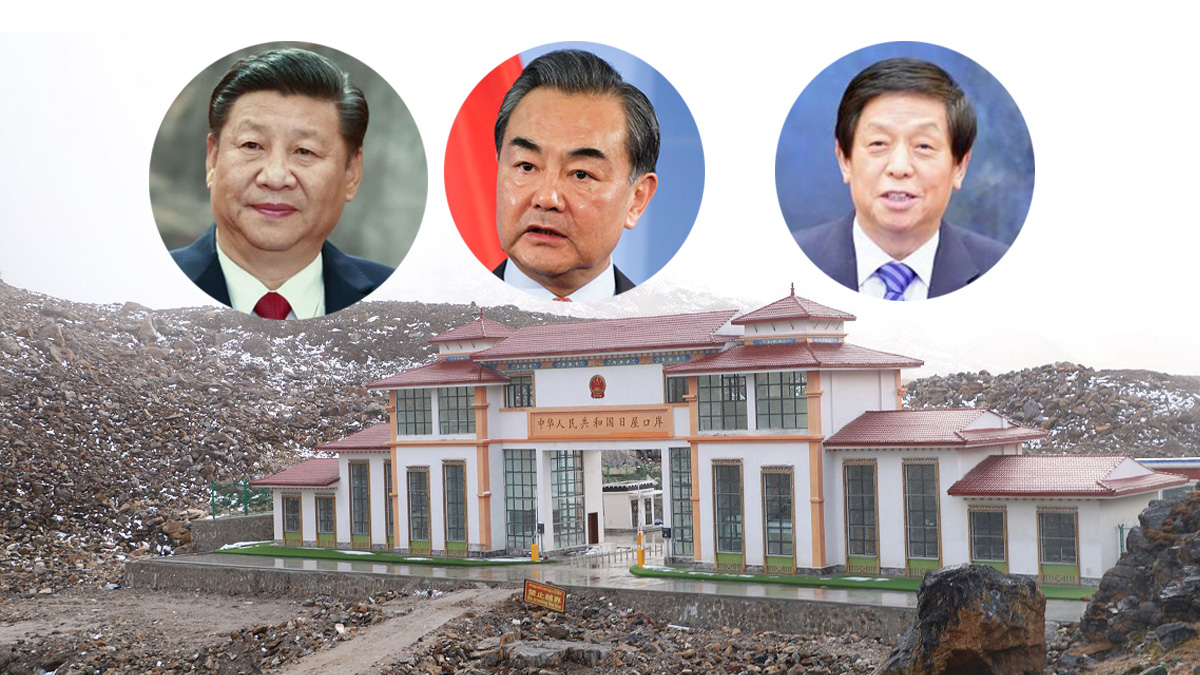
China’s ‘Unannounced Blockade’ at Tiptala Crossing Persists for Four Years
For an uninterrupted four-year stretch, China has imposed an unspoken yet palpable blockade on a crucial border that bears direct relevance to trade and everyday life in the eastern Himalayan district of Nepal. Despite earlier commitments to reopen all border crossings, China has quietly maintained a virtual stranglehold on numerous passages linking Nepal and China.
One such critical crossing, Tiptala, located in Olangchugola of Taplejung, remains shuttered, causing significant distress to communities residing in border regions. The closure of Tiptala, attributed to the initial outbreak of the coronavirus from China, continues to take its toll as it remains shut to this day.
The decision to close the border was precipitated by concerns that the coronavirus could permeate neighboring countries. Following the return of a group of Chinese workers involved in road construction, the Rio administration responded promptly by seeking to halt border movement. This measure was intended to prevent the potential transmission of the virus within their own country and its subsequent spread to other areas.
The settlements of Yangma, Thudam, Olangchungola, and Tokpegala along the border have traditionally relied on trade with the Chinese market for their daily sustenance. With floods and landslides during monsoons rendering access to Fungling, the local hub, nearly impossible, the dependency on the Chinese market became even more pronounced. Cheten Taphi Sherpa, a resident, highlighted that around 90 percent of Paktanglung-7’s communities relied on this market.
Cheten Bhote, the ward chairman of Paktanglung Rural Municipality-7, lamented the cessation of trade with China due to the prolonged border closure. Found at elevations of 3,200 and 4,200 meters respectively, Olangchungola and Yangma were both entwined with the Chinese market.
Jiten Chemjong, assistant program coordinator of the Kanchenjunga Conservation Area Management Council, reported that despite Tiptala remaining closed, essential food supplies were being brought from the Taplejung headquarters. He noted that Yangma’s dependency on the Chinese market had shifted to the Nepali market, resulting in economic hardships. China had traditionally been a primary marketplace for cattle, yaks, and animal products.
Tenzing Walung, from the Paktanglung-7 Ward Office, detailed the items exchanged with China’s market, which included Chawri, Yak, Ghee, Churpi, and Jamar (yak tail). However, with the border shuttered for four years, trade with China had come to a standstill, plunging the once-thriving businesses into financial turmoil.
The closure’s far-reaching consequences extended to Olangchungola’s woven carpets that had previously enjoyed substantial Chinese demand. Lama Bhujung Sherpa lamented the accumulation of unsold carpets over the years, indicative of lost income.
The prolonged closure similarly impacted chiraito trade – a product from Ilam, Panchthar, Tehrathum, and Taplejung, destined for China through Olangchungola. Dawachungdak Sherpa, a businessman, highlighted the rerouting of goods to Sikkim, India, due to the border’s closure.
Mankumar Rai, a resident of Sirijungha Rural Municipality-7, Yamfudin, underscored the challenges chiraito farmers faced due to the export halt. The once-thriving trade had dwindled, leaving chiraito farmers in despair.
As hopes for Tiptala’s reopening emerge, the communities straddling the border anticipate resuming trade with fervor. The closure’s impact on livelihoods and trade has cast a shadow over these Himalayan regions, highlighting their resilience and reliance on cross-border interactions for sustenance. The long-awaited possibility of Tiptala’s reopening offers a glimmer of economic revival, bringing renewed hope to these border communities.















Comments